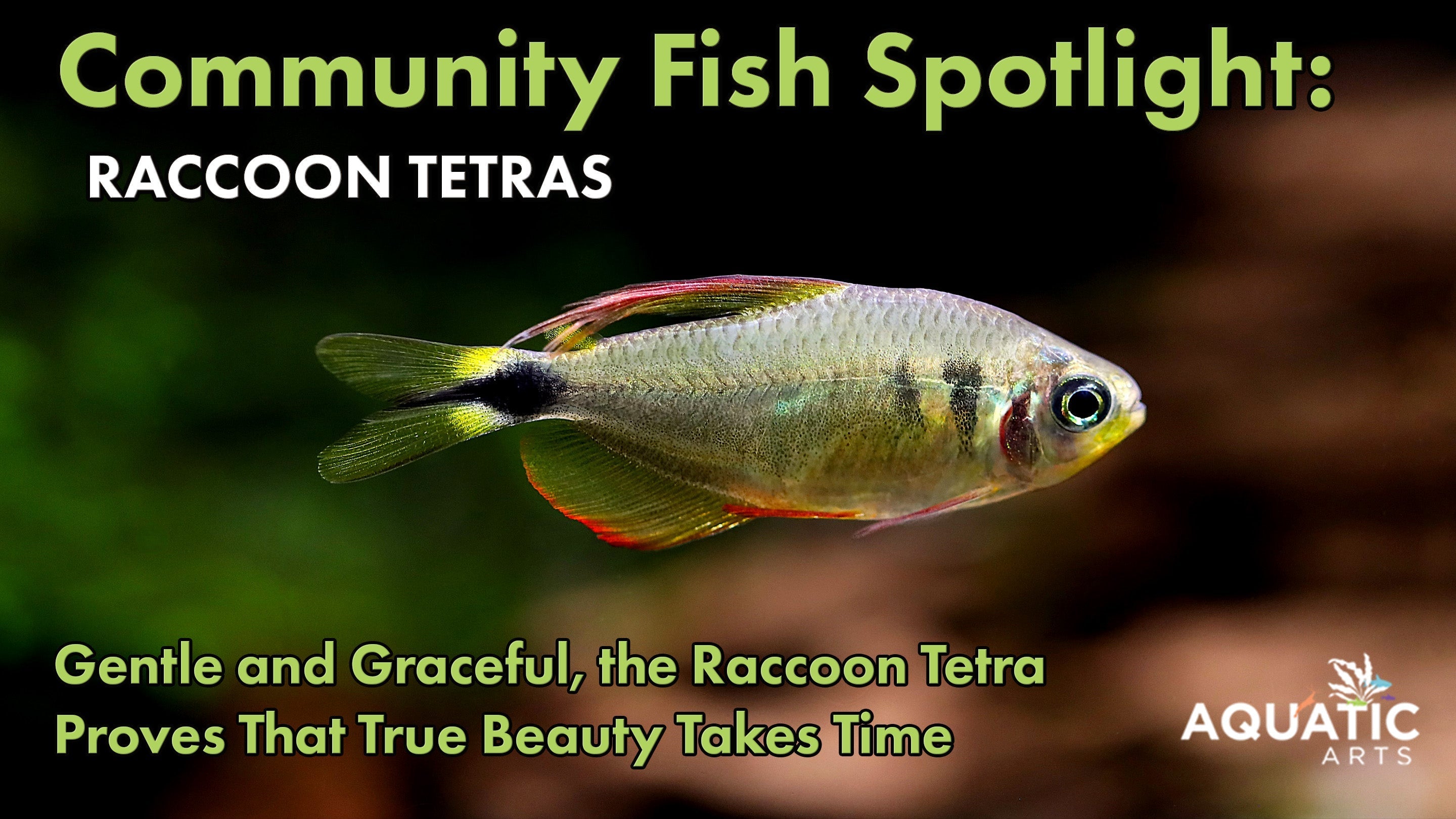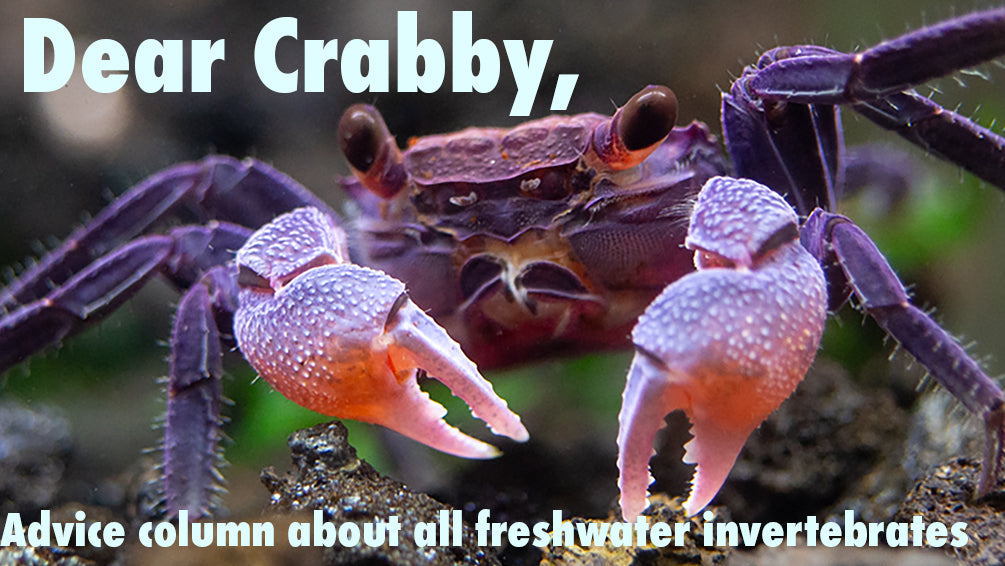Community Fish Spotlight: Red Lizard Whiptail Catfish

Unveiling the Elegance and Charm of This Fascinating Aquarium Species
Greetings, aquarium enthusiasts! In this exploration of community fish, we turn our attention to the mesmerizing Red Lizard Whiptail Catfish. Renowned for their striking appearance and captivating presence, these unique creatures infuse vitality and fascination into any aquarium environment. Join us as we uncover the reasons why they are a noteworthy addition to your aquatic community. From their elegant red and black coloration to their peaceful demeanor, Red Lizard Whiptail Catfish offer both visual allure and harmonious companionship. Their compatibility with a variety of tank mates and relatively low-maintenance care make them an excellent choice for aquarists of all experience levels. Prepare to be enchanted as we delve deeper into the world of these intriguing catfish.
Meet the Red Lizard Whiptail Catfish
Known scientifically as Rineloricaria sp. "Red Lizard", these stunning catfish are native to South America, specifically the Amazon Basin. Sporting a striking red and black coloration with intricate patterns reminiscent of lizard scales, they're sure to catch the eye of any observer. With their elongated bodies and distinctive fins, Red Lizard Whiptails bring an element of elegance to your tank.
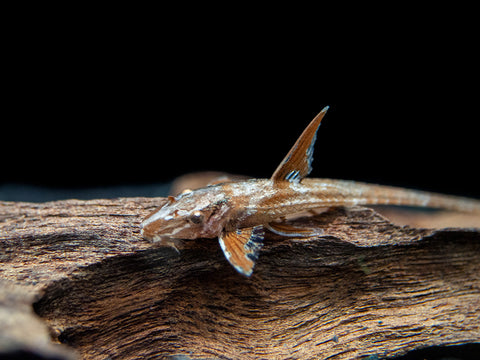
Burrowing Behavior: These catfish exhibit natural burrowing behavior in the wild, often digging into sandy substrates or soft sediment to create shelter and forage for food. Providing a sandy substrate in the aquarium can encourage this natural behavior.
Ideal Tank Conditions
Creating a suitable environment for Red Lizard Whiptail Catfish is key to their well-being. They thrive in spacious tanks with plenty of hiding spots such as caves, driftwood, and plants. Optimal water parameters include a temperature range of 75-84°F (24-29°C), pH level between 6.0-7.5, and moderate water flow. These catfish are relatively peaceful and do well in community tanks with other non-aggressive species.
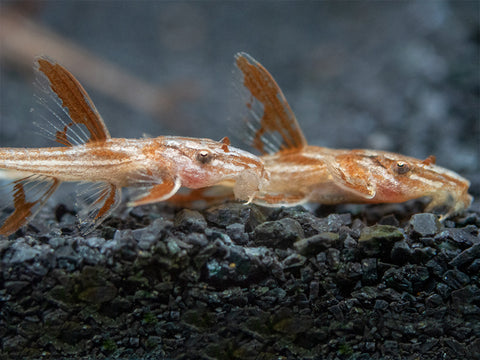
Temperature Tolerance: While they prefer warmer water temperatures typical of their native Amazonian habitats, Red Lizard Whiptail Catfish can adapt to slightly cooler temperatures, making them suitable for a wide range of tropical aquarium setups.
Diet and Feeding
One of the perks of keeping Red Lizard Whiptail Catfish is their easy-to-manage diet. They are primarily herbivores, enjoying a diet of algae wafers, blanched vegetables (such as zucchini or cucumber), and sinking pellets. Additionally, they'll graze on algae growth within the tank, helping to keep your aquarium clean and balanced.
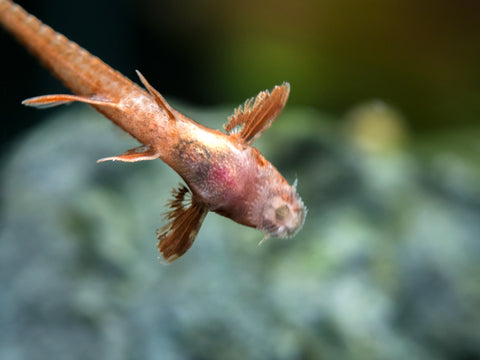
Unique Feeding Mechanism: Red Lizard Whiptail Catfish possess specialized mouthparts called dentary pads that enable them to scrape algae and biofilm from surfaces. This adaptation allows them to efficiently feed on various surfaces within the aquarium.
Behavior and Compatibility
Despite their intimidating appearance, Red Lizard Whiptails are peaceful and sociable fish. They prefer the company of their own kind and should be kept in small groups of at least three individuals. Additionally, they coexist well with a variety of tank mates, including tetras, rasboras, peaceful cichlids such as angelfish or dwarf cichlids, and other peaceful bottom-dwelling species like Corydoras catfish.
It's important to avoid housing them with aggressive or predatory species that may harass or outcompete them for food, such as larger cichlids, aggressive barbs, or predatory fish like certain types of puffers or larger catfish species.
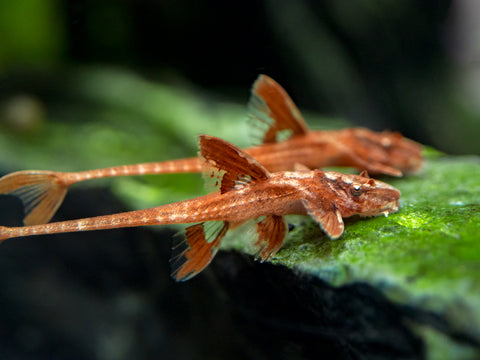
Social Structure: Red Lizard Whiptail Catfish are known to establish social hierarchies within their groups, with dominant individuals asserting themselves over subordinate ones. Observing their interactions can provide insights into their fascinating social dynamics.
Breeding and Reproduction
While breeding Red Lizard Whiptail Catfish in captivity can be challenging, it is not impossible with the right conditions. Breeding pairs require a separate breeding tank with soft, slightly acidic water and plenty of hiding places. Females will lay eggs on hard surfaces, such as rocks or aquarium decorations, and both parents will guard the eggs until they hatch. Once hatched, the fry can be fed infusoria or finely crushed flakes until they are large enough to consume larger foods.
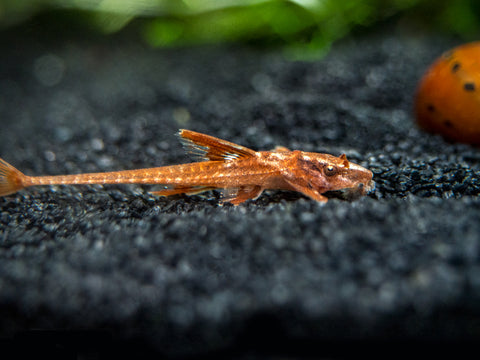
Parental Care: Unlike many other catfish species that abandon their eggs after spawning, Red Lizard Whiptail Catfish are dedicated parents. Both male and female individuals actively participate in guarding the eggs and caring for the fry until they are able to fend for themselves.
Health and Disease Management
Maintaining optimal water quality is crucial for the health and well-being of Red Lizard Whiptail Catfish. Regular water changes, filtration maintenance, and monitoring water parameters are essential to prevent common issues such as ammonia spikes and nitrate buildup. Additionally, quarantine new fish before introducing them to your main aquarium to prevent the spread of diseases. Keep an eye out for signs of illness, such as abnormal behavior, loss of appetite, or visible lesions, and promptly address any issues with appropriate treatment.
Aquascaping Tips
Enhance the beauty of your aquarium setup by incorporating natural elements that mimic the Red Lizard Whiptail Catfish's native habitat. Utilize live plants such as Java fern, Amazon sword, and Anubias to provide cover and oxygenation while also creating a visually appealing environment. Incorporate smooth rocks, driftwood, and caves to create hiding spots and territories for your catfish. Natural Leave Litter like botanicals naturally lowers aquarium PH, as well as provide a surface for Red Lizard Catfish to eat biofilm off of and hide under. Experiment with different layouts and arrangements to find the perfect balance between aesthetics and functionality.
Conclusion
In conclusion, the Red Lizard Whiptail Catfish is a captivating addition to any community aquarium, bringing both beauty and functionality to the underwater landscape. With their striking appearance, peaceful demeanor, and low-maintenance care requirements, they are an excellent choice for aquarists of all experience levels. Consider adding these fascinating creatures to your aquatic family and watch as they enhance the beauty and harmony of your tank environment. Until next time, happy fishkeeping!
Q&A Section
Q: What is the ideal tank size for Red Lizard Whiptail Catfish?
A: Red Lizard Whiptail Catfish thrive in spacious aquariums with plenty of room to swim and explore. A tank size of at least 30 gallons (113 liters) is recommended for a small group of these catfish to ensure ample space and territory.
Q: What is the best substrate to have in my aquarium for Red Lizard Whiptail Catfish?
A: Red Lizard Whiptail Catfish prefer soft substrates such as fine sand or smooth gravel. A sandy substrate mimics their natural habitat and allows them to exhibit their burrowing behavior comfortably. Avoid using sharp or abrasive substrates that could potentially injure their delicate barbels.
Q: What fish should I not keep with Red Lizard Whiptail Catfish?
A: While Red Lizard Whiptail Catfish are generally peaceful, there are certain fish species that may not be compatible with them. Avoid housing them with aggressive or territorial fish such as larger cichlids, aggressive barbs, or predatory species that may harass or outcompete them for food. Additionally, avoid keeping them with fin-nipping species that may damage their delicate fins.
Q: Could I keep Red Lizard Whiptail Catfish with inverts like freshwater Shrimp?
A: Red Lizard Whiptail Catfish are generally compatible with peaceful freshwater shrimp species such as Cherry Shrimp or Amano Shrimp. However, caution should be exercised when keeping them with larger or more aggressive shrimp species, as they may pose a risk to the catfish, especially during molting when their exoskeleton is soft and vulnerable. Additionally, provide ample hiding places and vegetation to give shrimp a chance to escape and establish their territories away from the catfish.
Q: Are Red Lizard whiptail Catfish considered a nano fish?


